Wellman, Donald Roy
Killed in Flying Accident 1991-10-10
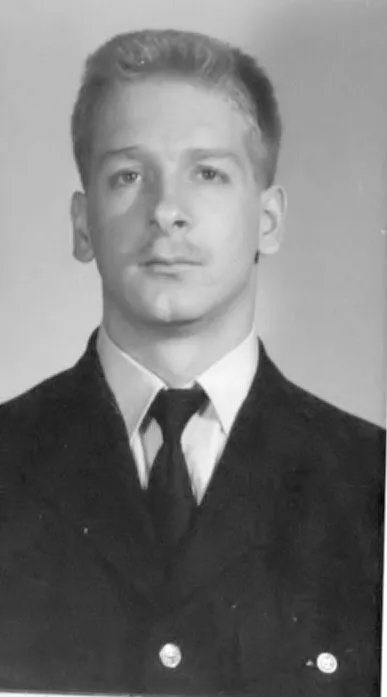

Birth Date: 1965-January-15
Born: Belleville, Ontario
Home: Belleville, Ontario
Enlistment: Toronto, Ontario
Enlistment Date: 1987-12-14
Service
RCAF
Unit
408 Sqn- Squadron
For Freedom
Base
Rank
Lieutenant
Position
Lieutenant
Service Numbers
Home
 Belleville, Ontario
Belleville, Ontario
Bell CH-135 Twin Huey
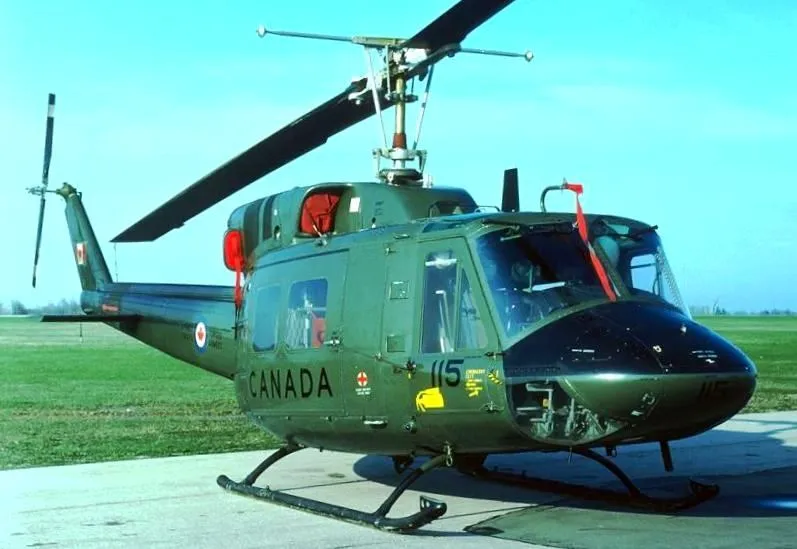
Bell CH-135 Twin Huey Helicopter (Serial No. 135115)
The Bell UH-1N Twin Huey is a medium military helicopter. A member of the extensive Huey family, it first flew in 1969. The CUH-1N Twin Huey (later CH-135 Twin Huey) was the original version, first ordered by the Canadian Forces. The UH-1N has a 15-seat configuration, with one pilot and 14 passengers. In cargo configuration, it has an internal capacity of 220 ft³ (6.23 m³). An external load up to 5,000 lb (2,268 kg) can be carried. The UH-1N was later developed into the civilian Bell 212.
Based on the stretched-fuselage Bell 205, the Bell 212 was originally developed for the Canadian Forces (CF) under the designation CUH-1N Twin Huey. Later, the CF adopted a new designation system and the aircraft was redesignated CH-135 Twin Huey. The CF approved the development of the aircraft on 1 May 1968 and purchased 50 aircraft, with deliveries commencing in May 1971.
The UH-1N's main rotor is powered by a PT6T-3/T400 Turbo Twin Pac made up of two Pratt & Whitney Canada PT6 power sections that drive a single output shaft. They are capable of producing up to 1,342 kW (1,800 shp). Should one power section fail, the remaining section can deliver 671 kW (900 shp) for 30 minutes or 571 kW (765 shp), enabling the UH-1N to maintain cruise performance at maximum weight.
The aircraft were retired from the Canadian Forces starting in 1996 and struck off strength in December 1999. Two CH-135s are on display in museums, one at the Canada Aviation Museum in Ottawa and one at the National Air Force Museum of Canada at CFB Trenton.Wikipedia (with revisions)
 Wikipedia Bell CH-135 Twin Huey
Wikipedia Bell CH-135 Twin Huey
 Canada Aviation and Space Museum
Canada Aviation and Space Museum
408 Sqn For Freedom ("Goose")
History of the Squadron during World War II (Aircraft: Hampden I, Halifax II & V, Lancaster II, Halifax III & VII, Lancaster X)
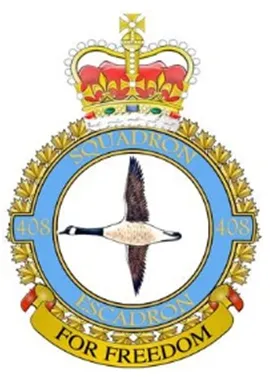
The squadron was the second Canadian bomber squadron to be formed in WWII. It was formed at Lindholme, Yorkshire, UK in June of 1941 as part of Bomber Command No 5 Group, flying Handley Page Hampden Mk I bombers from Syerston, Nottinghamshire, Balderton, Newark and North Luffenham, Rutland. Its squadron code letters were EQ. In September 1942 the squadron was moved to No 4 Group, re-equipping with Halifax Mk II aircraft and flying from Leeming, Yorkshire. On January 1, 1943, by this time equipped with Lancaster Mk II bombers, the squadron joined No. 6 Group (RCAF) and flew from Linton-on-Ouse, Yorkshire from August 27 1943 to the end of WWII. In September 1944 it converted to Halifax Mk III and VII aircraft and flew these for the remainder of hostilities. It was slated to be part of the "Tiger Force" to attack Japan and had re-equipped with Lancaster Mk X aircraft, but the Japanese surrender ended all plans for the Tiger Force and the squadron was disbanded in September 1945 at Greenwood, Nova Scotia .
Altogether, the squadron logged 4610 operational sorties with 25,500 operational hours, in the course of which 11,430 tons of bombs were dropped. 146 aircraft were lost in the course of these operations. Awards included 161 DFC's and 6 bars to DFC, 32 DFM's, 1 MBE and 10 MiD's. Battle Honours were: English Channel and North Sea 1941-43, Baltic 1941-43, Fortress Europe 1941-44, France and Germany 1944-45, Biscay Ports 1941-44, Ruhr 1941-45, Berlin 1943-44, German Ports 1941-45, Normandy 1944, Rhine, Biscay 1942-43. Wikipedia, Moyes, Kostenuk and Griffin
Squadron History (Bomber Command Museum PDF)
Maps for Movements of 408 Squadron 1941-45
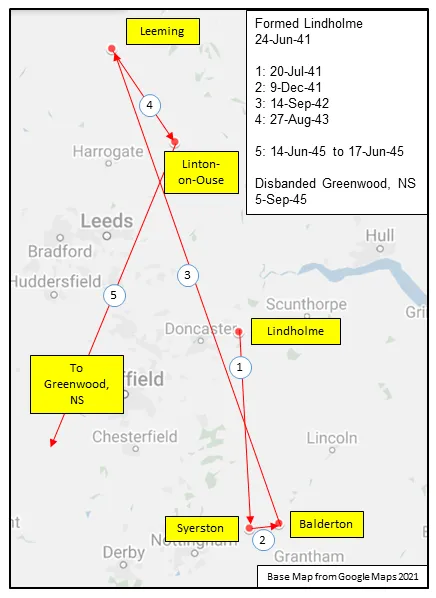 MAP 1: 408 Squadron Movements 1941-45 (right-click on image to display enlarged in new tab) | 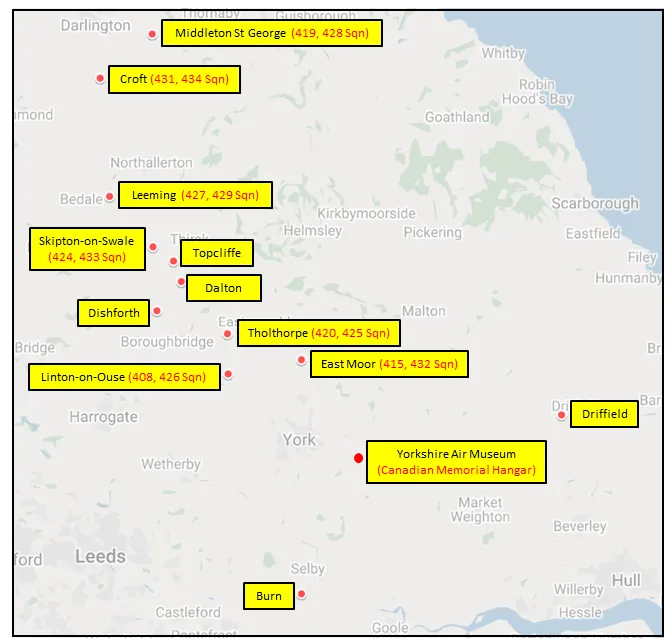 MAP 2: 6 Group Bomber Bases in Durham and Yorkshire 1943-45 |
408 Squadron History Summary
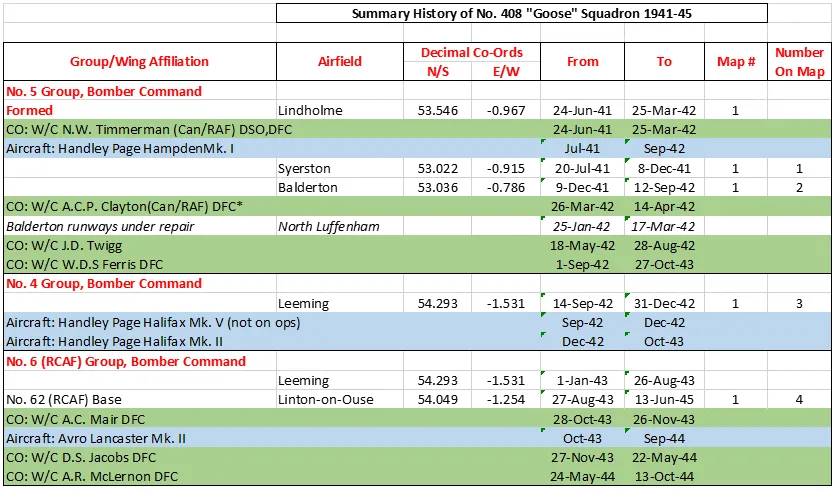
408 Squadron History Summary Page 2

History of the Squadron Post-WWII (Aircraft: Lancaster X, Canso A, Norseman VI, Otter, Dakota III & IV, Boxcar, Silver Star, Hercules, Griffon, Chinook)
On 10 January 1949, the squadron was reformed as 408 (Photographic) Squadron at RCAF Station Rockcliffe, Ontario . Equipped with eight Lancaster Mark X photographic aircraft equipped with SHORAN, a short-range navigational device. It was tasked with the mapping of Canada, specifically the far North. It also flew Canso, Norseman, Otter and Dakota aircraft on this mission, for photography and to maintain the SHORAN stations. Once the task was complete, the squadron was re-designated 408 (Reconnaissance) Squadron and flew Lancasters on Arctic surveillance patrols. In 1964, equipped with the Fairchild C-119G Flying Boxcar, it was again re-designated 408 (Transport Support and Aerial Reconnaissance) Squadron and moved to Rivers, Manitoba. In 1964, the squadron formed a flight of Canadair CT-133 Silver Star aircraft. In 1965, the Boxcars were replaced by CC-130 Hercules aircraft.
On January 1, 1971, 408 Squadron was once again re-activated at Namao in Edmonton, Alberta , as a tactical helicopter squadron (THS) and equipped with CH-135 Twin Huey and CH-136 Kiowa helicopters. Its primary tasking is to provide tactical aviation to the army. The mission includes air mobile assault, air ambulance, air observation, reconnaissance insertions, troop movement, airborne command and control platform and dropping paratroopers. In September 1996, the squadron was re-equipped with CH-146 Griffon helicopters. Personnel from 408 Squadron deployed to Afghanistan nearly continually from 2006 until 2011. Initially forming a Tactical Unmanned Aerial Vehicle (TUAV) detachment using the CU-161 Sperwer. From 2008, 408 members were deployed to Kandahar airfield operating the CH-146 Griffon and CH-147D helicopters as part of the Joint Task Force Afghanistan Air Wing. The primary role of the JTF-A Air Wing was to provide transportation, reconnaissance, armed escort, and fire support to the International Security Assistance Force (ISAF). In July of 2018, 408 THS deployed to Mali as part of Task Force Mali on Operation Presence. In Mali, 408 THS operated the CH-146 Griffon in the armed escort role, providing support to MEDEVAC and utility missions. 408 THS completed its tour in Mali in January of 2019, having participated in 7 medical evacuation missions. It is now co-located with 1 Canadian Mechanized Brigade Group at the 3rd Canadian Division Support Base, Edmonton, Alberta.
link,general,https://www.forfreedom.ca,408 “Goose†Squadron Association
 Canadian Virtual War Memorial
Canadian Virtual War Memorial